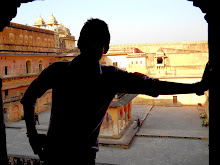There are different careers connected with dancing: Dancer, dance teacher, dance sport coach, dance therapist and choreographer.
- Dancer
Dance training differs depending on the dance form. There are university programs and schools associated with professional dance companies for specialised training in classical dance (e.g. Ballet) and modern dance. There are also smaller, privately owned dance studios where students may train in a variety of dance forms including competitive dance forms (e.g. Latin dance, ballroom dance, etc.) as well as ethnic/traditional dance forms.
Professional dancers are usually employed on contract or for particular performances/productions. The professional life of a dancer is generally one of constantly changing work situations, strong competition pressure and low pay. Professional dancers often need to supplement their income, either in dance related roles (e.g., dance teaching, dance sport coaches, yoga or Pilates instruction) to achieve financial stability.
In the U.S. many professional dancers are members of unions such as the American Guild of Musical Artists, the Screen Actors Guild and Actors' Equity Association. The unions help determine working conditions and minimum salaries for their members.
- Dance teachers
Dance teacher and operators of dance schools rely on reputation and marketing. For dance forms without an association structure such as Salsa or Tango Argentino they may not have formal training. Most dance teachers are self employed.
- Dancesport coaches
Dancesport coaches are tournament dancers or former dancesports people, and may be recognised by a dance sport federation.
- Choreographer
Choreographers are generally university trained and are typically employed for particular projects or, more rarely may work on contract as the resident choreographer for a specific dance company. A choreographic work is protected intellectual property. Dancers may undertake their own choreography.


No comments:
Post a Comment